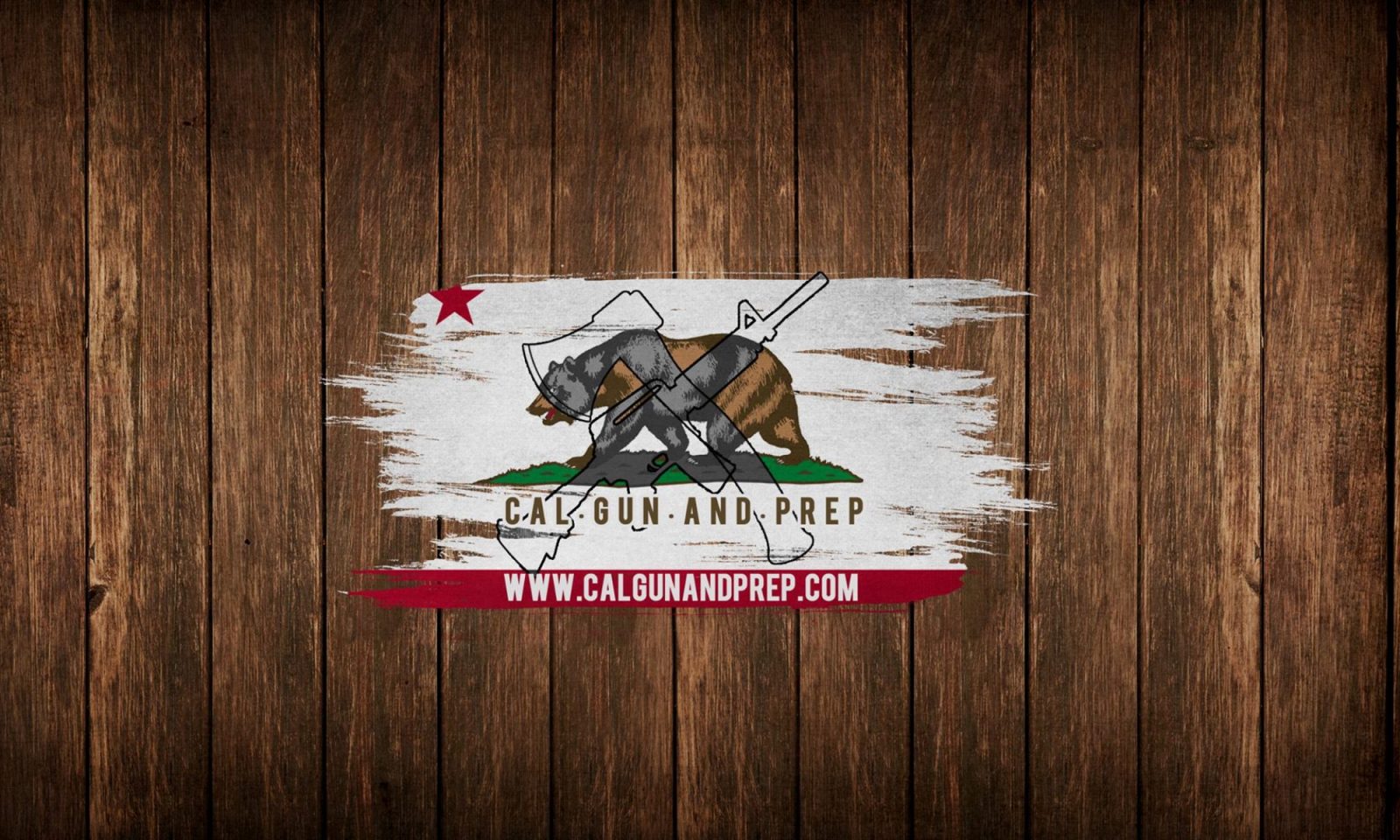We’ve all asked ourselves this question: Do I buy the $100 version of this thing, or the $20 made in China one?
Some guys will tell you to buy the name brand expensive option. In their mind it’s the only way to go. These are the folks who have the money to buy Versache gun bags if there were such a thing.
Then there’s the buy the cheapest one crowd. If it breaks, throw it away and buy a new one. These guys are usually the ones doing mag dumps at the range and measure accuracy in terms of minute-of-man, minute-of-car, and minute-of-barn size groups.
Neither of these groups is typically correct 100% of the time. So when is it right to buy the military grade, withstand a nuke blast version, and when is it correct to buy the made in China special from wally world? The answer lies in what YOU need it for.
There are essentially 5 grade of gear:
1) My life depends on this grade – these are products designed for military and LEO use in the field to fight. I think you get the picture.
2) Hunter grade – the name says it all. You are going to trek miles into the woods for that trophy hunt and your gear is going to take some beating (not as bad as a war zone) and you still need it to work every time
3) Tacticool grade – It looks like the delta team operator’s gear, but it’s not
4) Hobby gun owner grade – It will work but can’t withstand much abuse. Maybe not machined to the tightest of tolerances but will be close to spec
5) Airsoft grade – Don’t put this on real guns
These are my terms, not official industry ones so there is some room for interpretation/disagreement with me but I think most will agree.
So which one fits you? My perfect example of how to answer this question is the bi-pod I run on my rifles. They cost less than $20, and work great. I would never take them into war, but then again I am not a soldier or LEO. If I was, there is no way that bi-pod could withstand the abuse their gear is required to take and paying $100+ for a bi-pod is absolutely required. The point here is that if you are honest with yourself about your needs and expectations, then you can definitely save yourself some money, and still have gear that will meet your needs.
Here are some of the “Hobby Gun Owner” gear I have purchased with my own money and tested:
[amazon_link asins=’B077DD1QLW,B01E4YVCOA,B015HVQQHM,B01F67BSMA’ template=’ProductGrid’ store=’calgunandprep-20′ marketplace=’US’ link_id=’02531644-e297-475e-b2e3-860fd8f8f58f’]
and here is some of the name brand gear that I decided was worth the extra cost to guarantee performance:
[amazon_link asins=’B018YKOXPU,B01HK3UFBI,B004RR0N8Q,B001GXHKOO,B01KUBK3LY’ template=’ProductGrid’ store=’calgunandprep-20′ marketplace=’US’ link_id=’03af78bc-87fd-4d8a-9267-eeb237ae7bbe’]



